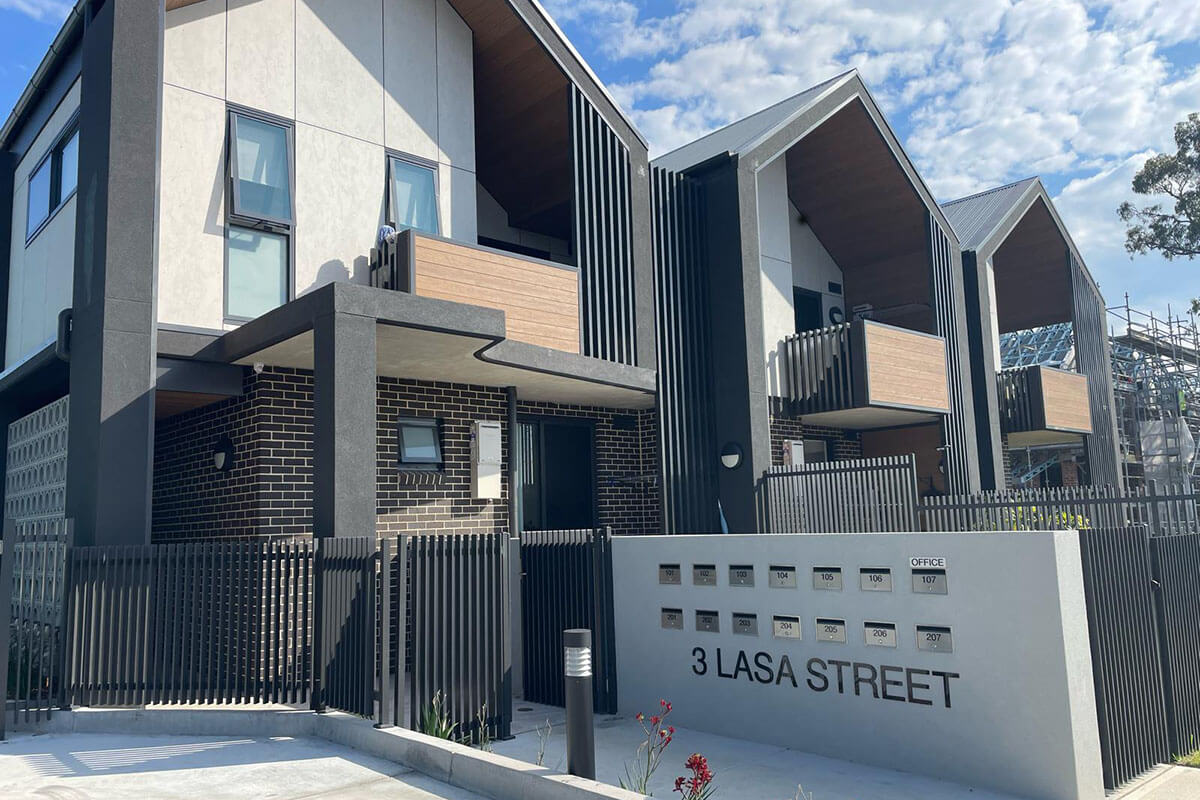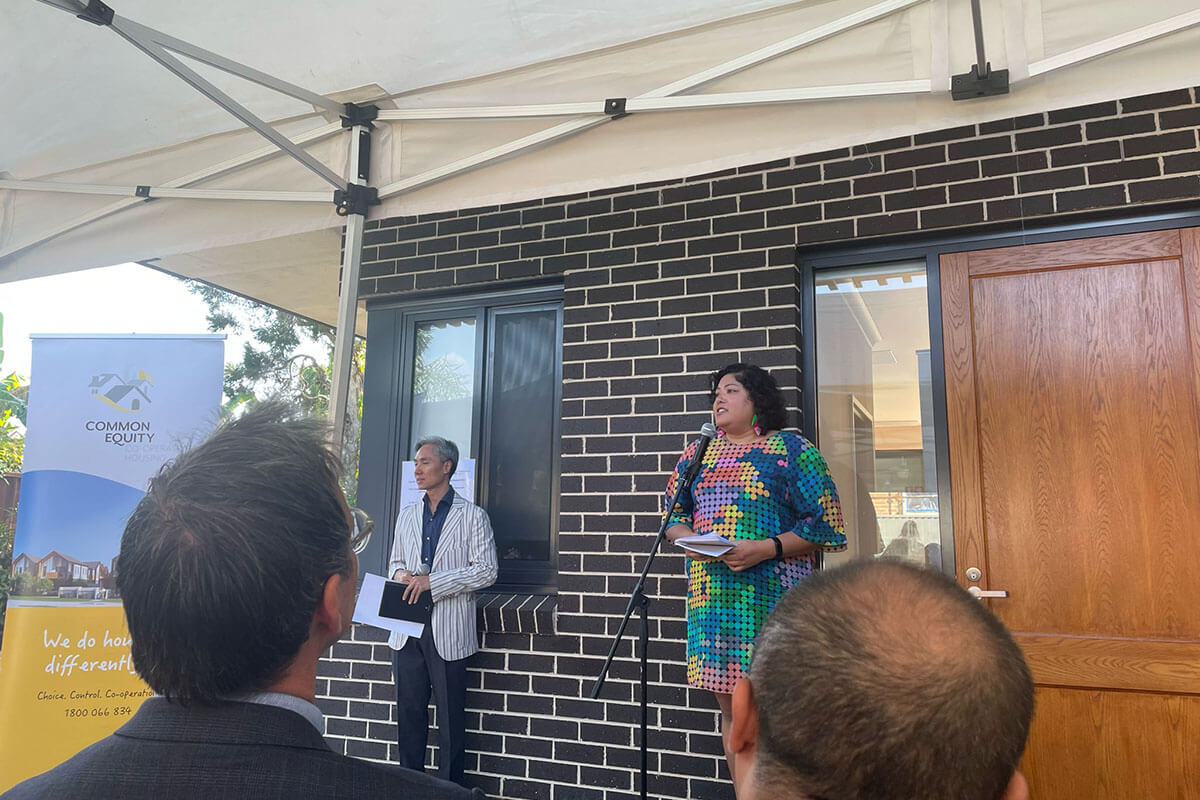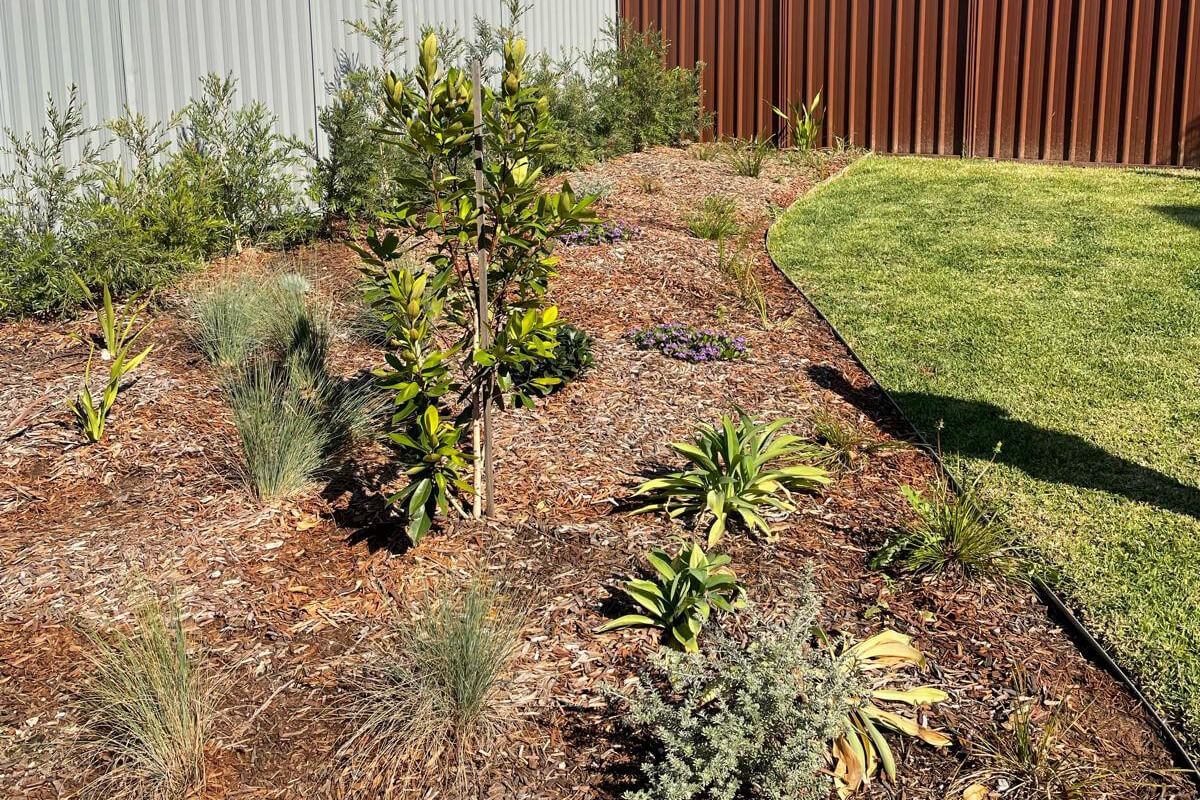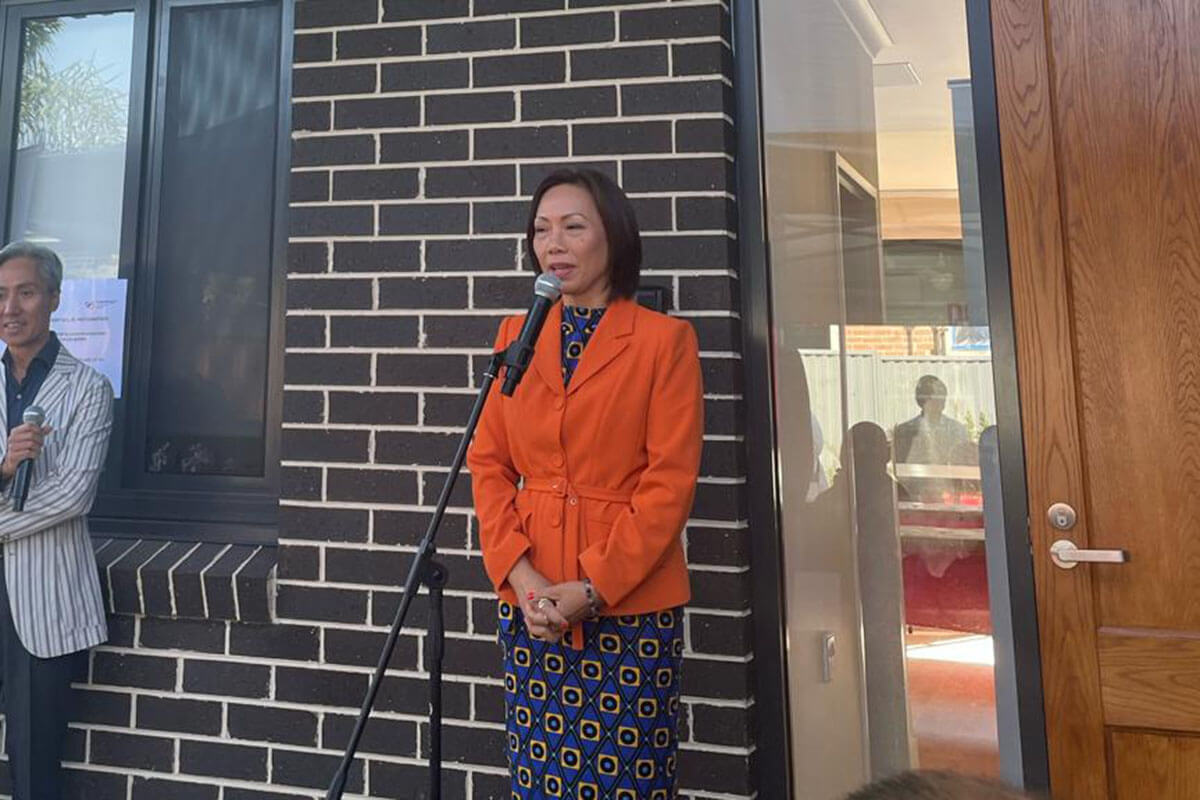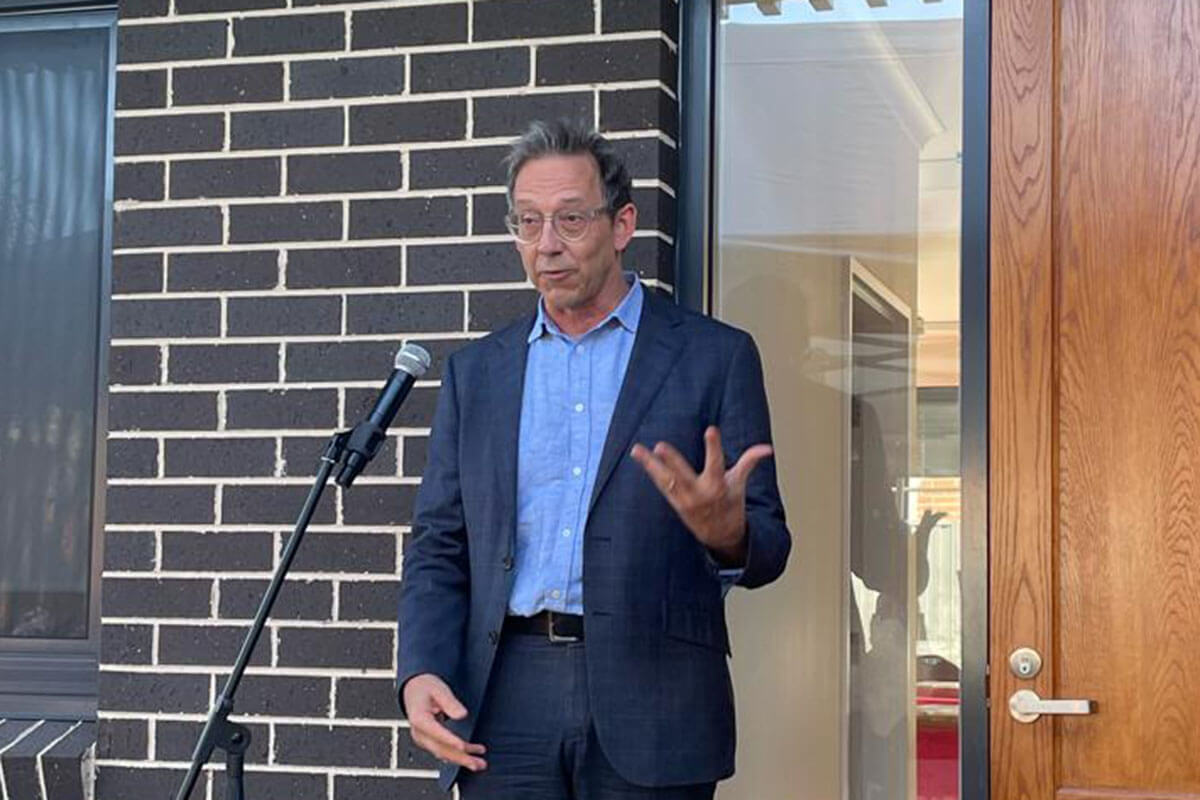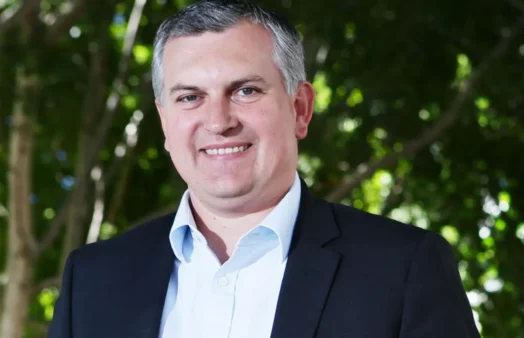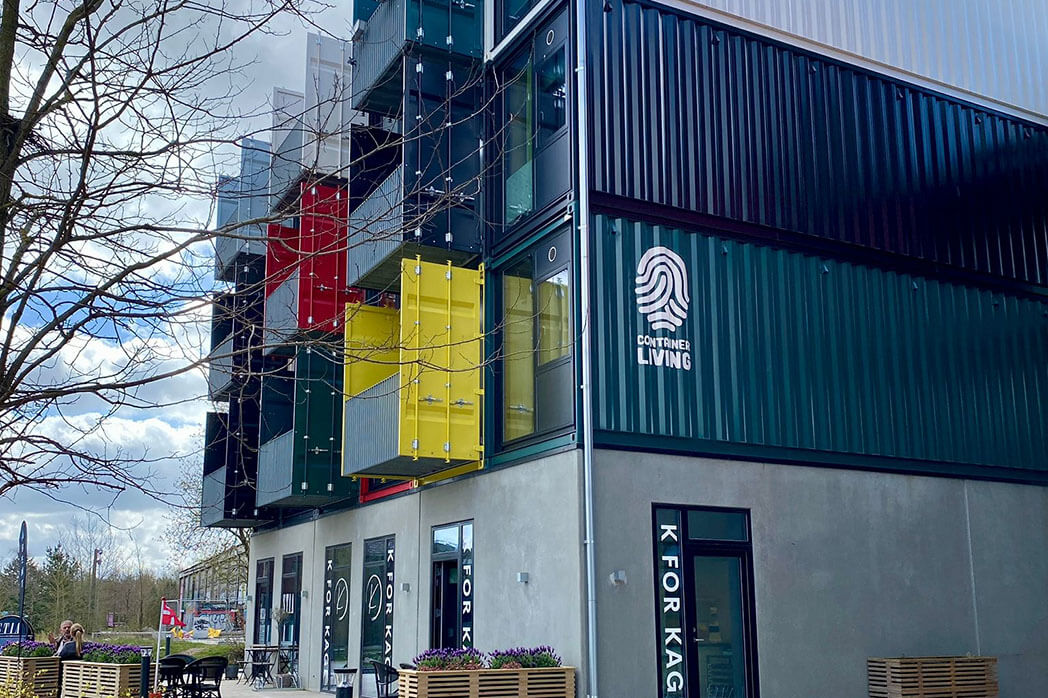18 April 2024
Common Equity NSW (CENSW) opened its latest co-operative housing development on Thursday, 18 April, at 3 Lasa St, Cabramatta. Mr. Tri Vo MP, state member for Cabramatta, presided over the official opening, which marks a significant milestone in for CENSW.
Funded by the Department of Communities and Justice, CENSW and the Lac Viet Housing Co-operative, this state-of-the-art property comprises 13 units. The collaborative effort behind its design, involving existing co-op members, reflects a commitment to incorporating contemporary best practices. Notably, the project incorporates deliberative design principles and culturally appropriate elements to cater to the housing needs of Vietnamese seniors.
“This Cabramatta property exemplifies their development approach, involving community input at every stage, from site selection to final design,” stated Mr. Vo. He emphasised the importance of community integration and thoughtful design in enhancing co-operative living. The incorporation of culturally responsive elements including market gardens and communal spaces underscores the project’s commitment to fostering a sense of belonging among residents.
Recent research by the University of Western Sydney underscores the myriad benefits of co-operative housing, ranging from improved social networks to enhanced educational and employment outcomes. Nick Sabel, CEO of CENSW, expressed his delight with the project’s outcomes, noting its significance in providing secure, affordable housing to a demographic at risk of rental stress and housing insecurity.
“We are really pleased with the results of this development, providing secure, affordable houses to a cohort of people who will truly benefit from this model,” said Sabel. “It is also a terrific addition to growing the co-operative housing sector in NSW.”
The opening of this co-operative housing complex is another step forward in the co-operative housing community’s efforts to tackle the affordable housing crisis. By prioritising community involvement, quality housing and cultural sensitivity, the project sets a promising precedent for future developments in the region.
